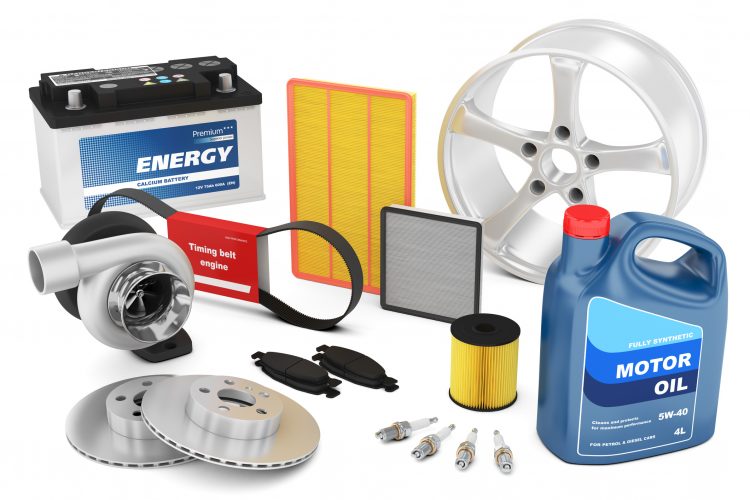
As Amazon and other online retailers rapidly gained market share, Auto Parts appeared to be one of the few retail sectors safe from encroachment. DIY customers had preferred brick-and-mortar locations based on quick availability of parts and the expertise of associates with a wide range of product knowledge. Retailers benefitted from the lack of price transparency and could push through increases on a regular basis. In 2014 as the price of oil plummeted to $20 a barrel, O’Reilly, Advance, AutoZone, and others continued to increase the price of motor oil. In our data, half of locations were increasing prices regularly prior to 2016. Since then, that percentage has dropped to around one-fifth. That change can be attributed to brick-and-mortar locations being forced to price match against online channels to keep customers coming in. While shoppers always need certain parts immediately, both specialty parts and basic maintenance items such as motor oil can easily be found cheaper online. Through surveys with repair shops, we found similar factors were influencing spending habits for both Commercial customers and DIY shoppers. By price matching to remain competitive, traditional auto parts stores lost the pricing power they had previously enjoyed and one of the last safe retail environments fell victim to the growth of online.
Click Here to request a sample report.
Data sourced from Verbatim datasets from 2015 to 2017

